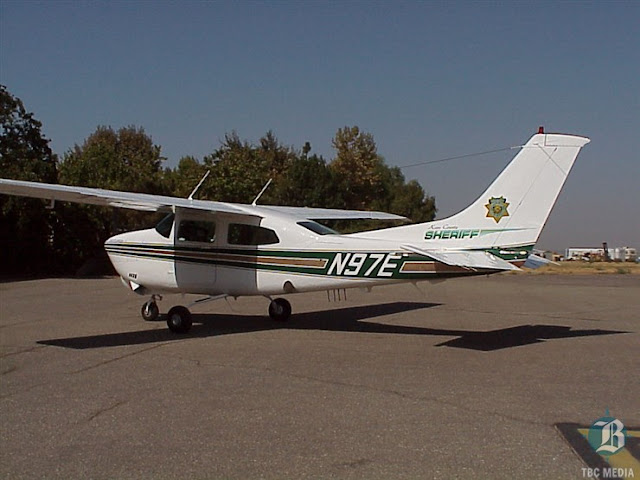Date: 20-MAR-16
Time: 15:45:00Z
Regis#: UNREGISTERED
Event Type: Incident
Highest Injury: Unknown
Damage: Unknown
Activity: Other
Flight Phase: UNKNOWN (UNK)
FAA Flight Standards District Office: FAA Seattle FSDO-01
City: BELLINGHAM
State: Washington
AIRCRAFT, UNREGISTERED EXPERIMENTAL TRACTOR PITBULL GYROCOPTER WITH FLOATS, STRUCK THE LAKE AND FLIPPED OVER, NEAR BELLINGHAM, LAKE SAMISH, WA
 A Federal Aviation Administration official described the aircraft involved in Sunday’s crash as a home-built Tractor Pitbull gyrocopter. The one that crashed had pontoons instead of wheels.- Tractor Pitbull Rotorwerks
A Federal Aviation Administration official described the aircraft involved in Sunday’s crash as a home-built Tractor Pitbull gyrocopter. The one that crashed had pontoons instead of wheels.- Tractor Pitbull Rotorwerks
A small homemade float plane crashed into Lake Samish early Sunday, March 20, but the pilot escaped with minor injuries and was brought to shore in a rowboat after clinging to one of the aircraft’s pontoons.
“It turned out to be very fortunate,” said Chief Dave Ralston of South Whatcom Fire Authority, whose crews were dispatched to a report of a plane crash into the southeast end of the lake about 9 a .m. Sunday. “He was doing some video with his GoPro, and he was making a turn and miscalculated. He hit the water.”
Ralston said the pilot estimated he was flying about 35 mph when his craft grazed the surface, flipped and disintegrated on impact.
“He was able to hang onto part of the pontoon,” Ralston said. He said the pilot was wearing a life jacket and had a paddle aboard. He was paddling to shore on a piece of wreckage when a lakeside resident towed him to shore with a rowboat.
A Federal Aviation Administration official said the plane was a home-built and unregistered Tractor Pitbull float plane, a single-seat ultralight gyroplane.
Fire department officials could not release the pilot’s name, citing medical confidentiality laws, and the Whatcom County Sheriff’s Office did not have the pilot’s name. The FAA will not investigate the crash, because the aircraft was unregistered and homemade.
A Tractor Pitbull is a 13-foot kit plane manufactured by North American Rotorwerks. It resembles a cross between an airplane and a helicopter, with a front propeller, top rotor and a fuselage with rudder and ailerons, but with no fixed wings. This version had pontoons so it could land on water.
Ralston said the aircraft was equipped with a 5-gallon fuel tank that was about half-full with gasoline. He said the state Department of Ecology was notified, but there was no immediate concern about water contamination because the fuel was contained and no sheen was visible.
A Department of Ecology official did not return a phone call Sunday.
Ralston said about 10 South Whatcom firefighters were dispatched, including members of South Whatcom Fire’s water rescue team. An ambulance crew examined the pilot but his injuries were minor, Ralston said.
Original article can be found here: http://www.bellinghamherald.com
BELLINGHAM, Wash. -- The pilot of an experimental plane survived when he crashed into Lake Samish Sunday morning.
Investigators said the man was flying in what was described as a plane similar to a powered hang glider while trying to take video from a low altitude. However, it appears the man lost his bearings and got too close to the lake, eventually skimming the surface and flipping the plane over.
The pilot wasn't hurt in the crash and was able to use parts of the plane to paddle to shore, investigators said.
- Original article can be found here: http://komonews.com
BELLINGHAM, Wash. — A small plane crashed on the southeast side of Lake Samish this morning.
The plane was flying low to the water capturing video when the pilot lost his bearings and hit the water.
The plane crashed and flipped over on the lake.
The pilot escaped and rowed himself to shore with broken parts of the aircraft.
The plane was described as an experimental aircraft.
There were no injuries.
- Original article can be found here: http://kafe.com
BELLINGHAM, Wash. —
A small plane crashed in Lake Samish near Bellingham on Sunday morning.
The pilot safely swam to shore.
Officials were responding investigating at around 9:30 a.m.
KIRO 7 is investigating.
- Original article can be found here: http://www.kiro7.com
 A 55-year-old single-engine airplane made an emergency landing Sunday afternoon south of Santa Fe on East Frontage Road parallel to Interstate 25, temporarily closing traffic, authorities say.
A 55-year-old single-engine airplane made an emergency landing Sunday afternoon south of Santa Fe on East Frontage Road parallel to Interstate 25, temporarily closing traffic, authorities say.
































